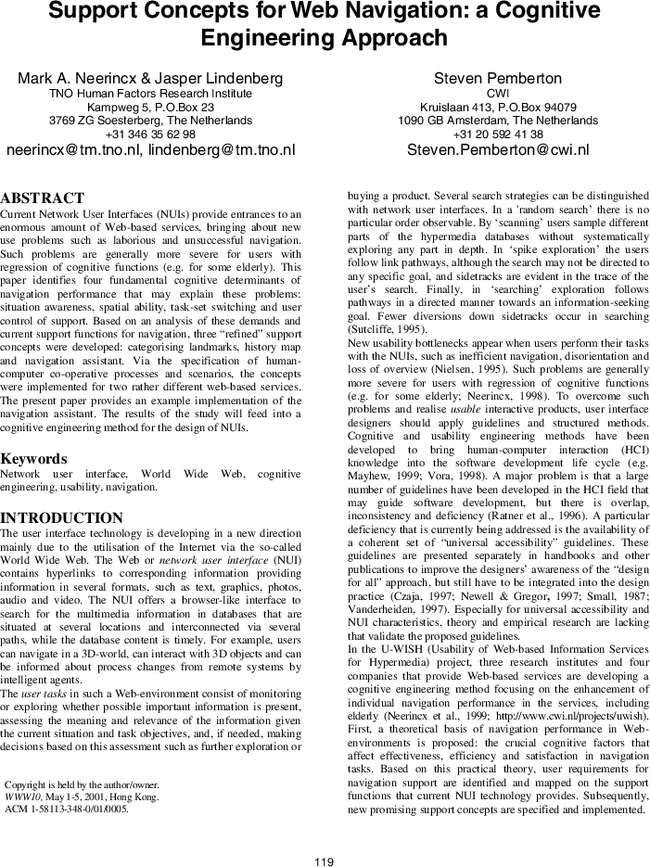Cited By
View all- Lentz LElling S(2014)User Page Reviews in Usability TestingEvaluating Websites and Web Services10.4018/978-1-4666-5129-6.ch007(95-117)Online publication date: 2014
- Elling SLentz LJong M(2012)Users’ Abilities to Review Web Site PagesJournal of Business and Technical Communication10.1177/105065191142992026:2(171-201)Online publication date: 11-Jan-2012
- Elling SLentz Lde Jong M(2012)Combining Concurrent Think-Aloud Protocols and Eye-Tracking Observations: An Analysis of Verbalizations and SilencesIEEE Transactions on Professional Communication10.1109/TPC.2012.220619055:3(206-220)Online publication date: Sep-2012
- Show More Cited By







